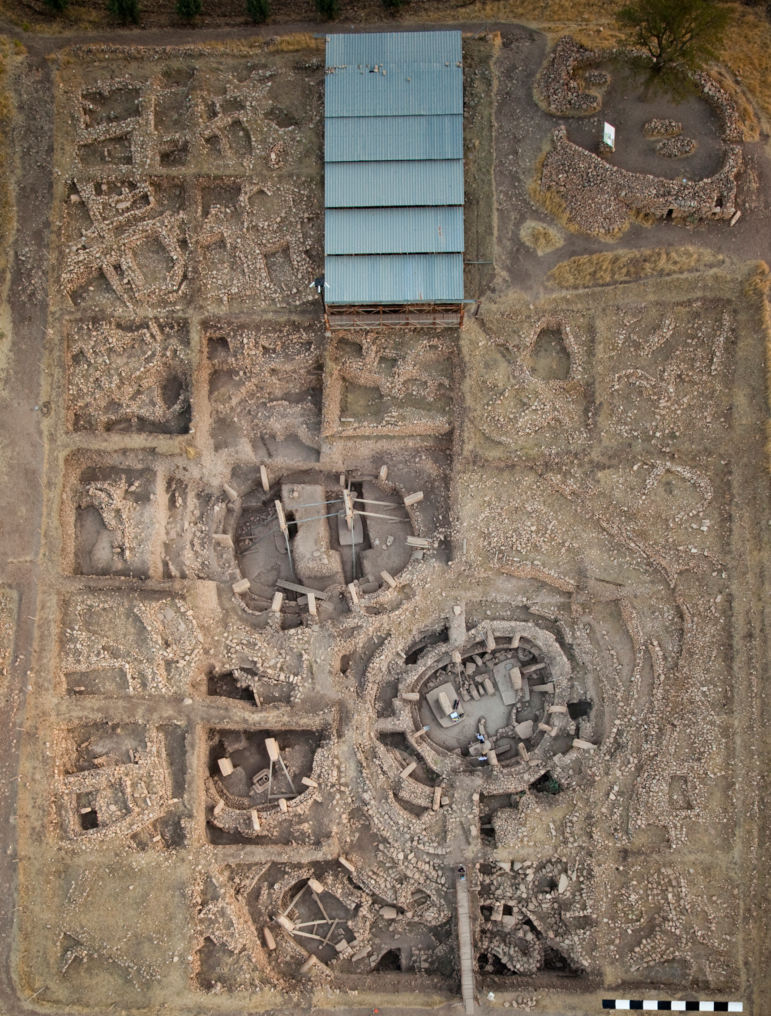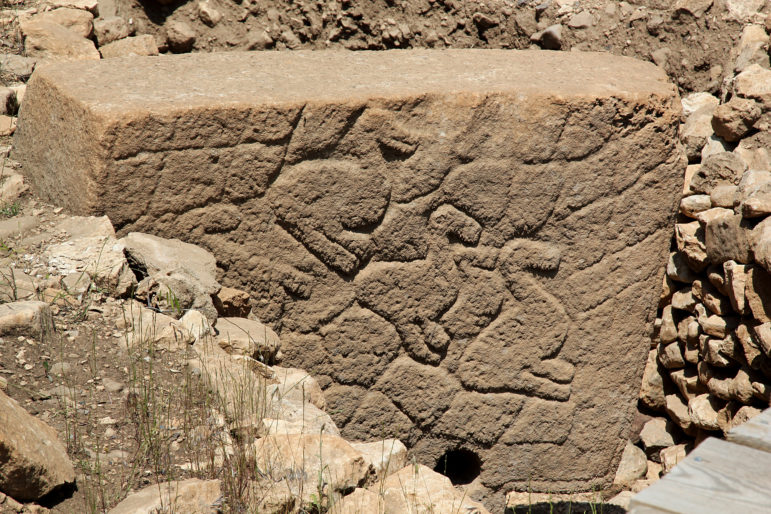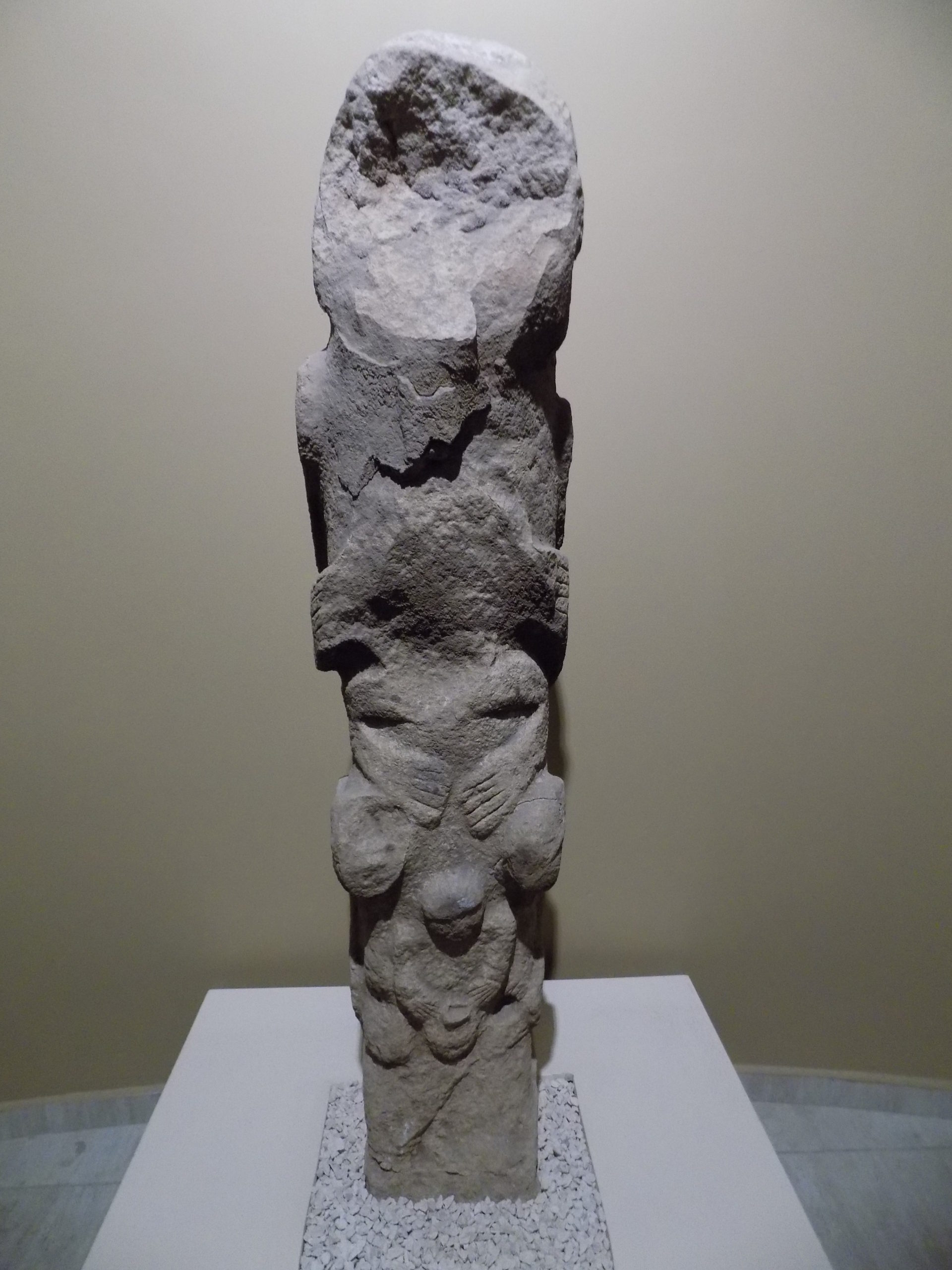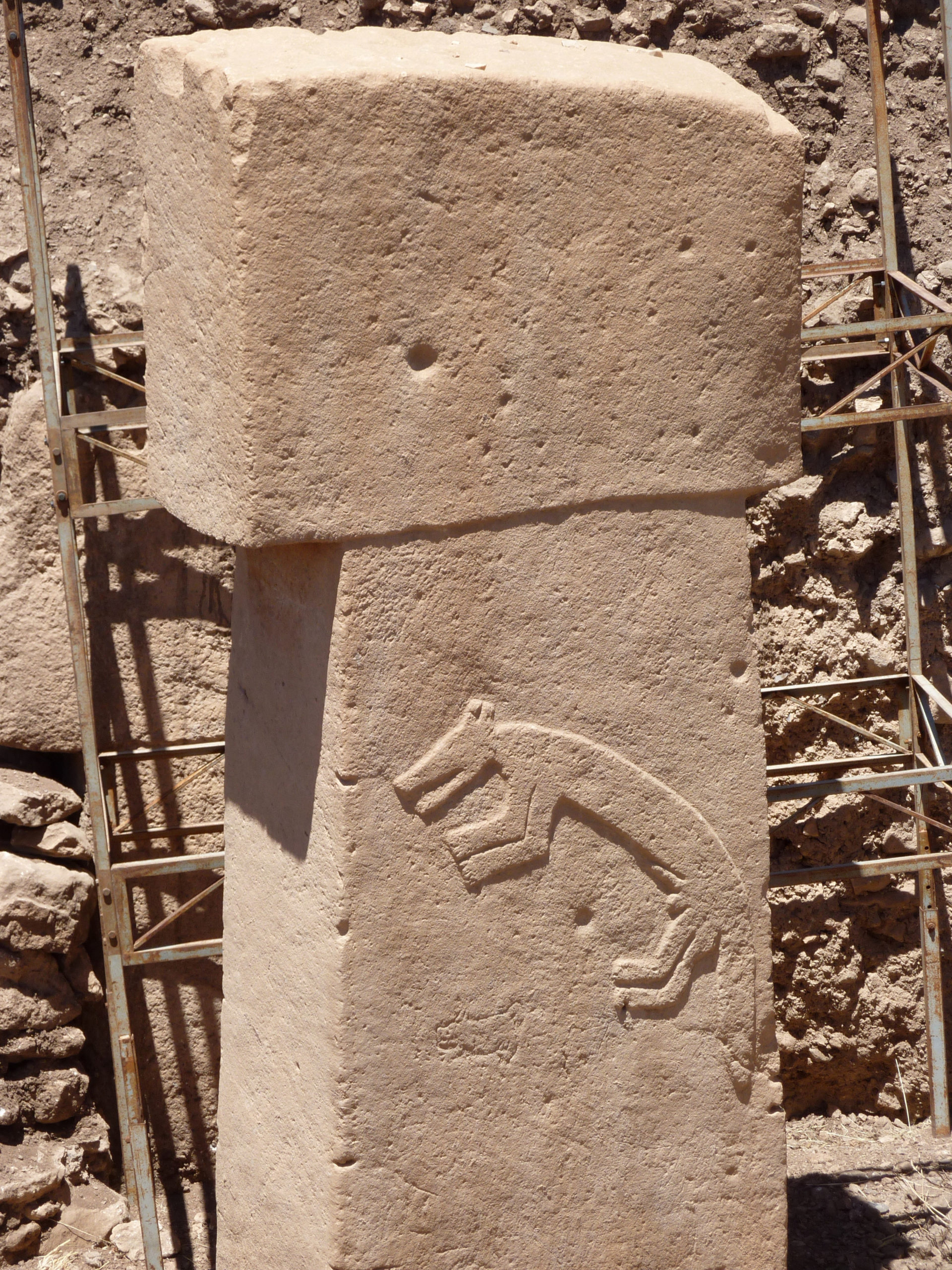TWH – Two recent finds of large ritual complexes have challenged our understanding of the development and building of temple structures.
In the southeast of modern-day Turkey, Hunter-gathers built the Göbekli Tepe between 9,500 and 9,000 B.C.E. Historians had not thought this to be possible before complex societies emerged with agricultural settlements. The prevailing theory had been that societies evolved into farming communities and then began the construction of temples and other community ritual structures.

The archaeological site of Göbekli Tepe: main excavation area with four monumental circular buildings and adjacent rectangular buildings – Image credit: German Archaeological Institute, E. Kücük, CC BY 4.0,
In what is now Mexico and Central America, around 1000 B.C.E., early Mayan people built the largest pre-Colombian structure in the region, Aguada Fénix. Historians had thought that the Maya only began to build large structures after 350 B.C.E.
People built structures for communal expression relatively early. These structures may have housed rituals, festivals, or communal gatherings and affected how people moved and experienced those communal expressions. Communal structures would likely have also played an important role in the veneration of the deities and the creation myths of their builders.
Göbekli Tepe
ŞANHURFA, Turkey – In Turkish, Göbekli Tepe means “potbelly hill.” That hill, however, is not natural. It reaches up to 15 m high (49.2 ft) and covers about 9 ha (968,751.9 sq ft). Archaeologist Klaus Schmidt first discovered the site in 1994, and excavations have been ongoing. In 2018 it was designated as a UNESCO World Heritage site.
Sometime after 9,500 B.C.E., the people of the early Neolithic began to build the megalithic monument, Göbekli Tepe. Its construction occurred roughly 6,000 years before the earliest construction at Stonehenge. The excavation found no evidence of plant or animal domestication, which would be consistent with the builders being hunter-gatherers.
According to the website of the Göbekli Tepe Research Staff, archaeologists estimate that bands of hunter-gathers ranged from 25 to 50 individuals. A group of this size could not provide the workforce necessary to build Göbekli Tepe. For that reason, historians theorize that many groups would have had to cooperate to build it.
Excavators found over 100,000 fragments of animal bones, 60% of which were from gazelle. The bones exhibited signs of cut marks and splintering indicative of the animals having been butchered for food preparation. Large feasts could have been one of the keys for encouraging cooperation of multiple groups to construct Göbekli Tepe
No one had imagined that this level of social organization could have occurred before 9000 B.C.E. Göbekli is 500 years earlier.
The complex consists of many round structures. The largest has a diameter of 20m (65.6 ft). Inside each circle, T-shaped pillars stood in the center, which researchers believe to be an abstract representation of a human viewed from the side. The builders had placed benches in the center of each circular structure. Each of the T-shaped pillars had carved reliefs of animals or abstract symbols. Smaller pillars lined the inner walls of the circle. The large limestone pillars can weigh up to 45 metric tons (49.6 tons).
The Göbekli Tepe Research Staff refers to these circular structures as enclosures. They reported that reliefs of particular animals dominated each enclosure. In Enclosure A, reliefs of snakes dominated, in Enclosure B foxes. Enclosure C has boars and Enclosure D birds.

Monolith with possible bird figures – Image credit: Klaus-Peter Simon, CC BY-SA 3.0
In many cultures, social groups or communities often identify with particular animals. Ancient examples still in practice today include many of the clans of the southwest Native Americans tribes who often have animal affiliations–elk, badger, snake, and lizard are all examples of specific clans.
Some other examples are that many states in the U.S. incorporate the use of animals on their state flags and symbols. For example, California’s state flag features a bear, Florida uses its native panther as a state animal, and many states have a state bird. The eagle is a national symbol of the USA and it is found on many national seals. The loon is the provincial bird of Ontario and Canada features it on its currency.
An enclosure featuring an animal might have indicated a link to a specific social or tribal group connected with that animal. This would also be consistent with the theory of many social groups cooperating to build Göbekli Tepe.
The building process appears to have been more or less continual. After 8800 B.C.E., changes began, the pillars became smaller. Instead of circular structures, they built rectangular rooms. For unknown reasons, people buried the site after 8000 B.C.E.
The website of the Göbekli Tepe Research Staff reported an absence of clay figurines. A nearby site, Nevali Çori, however, has many figurines.
Archaeologists Avi Gopher and Gil Haklay, recently analyzed the measurements of the excavated enclosures. They used an algorithm to test for geometric relationships. According to their findings, the builders used geometric relationships to design the complex. For every three circles analyzed, their center points mark a nearly equilateral triangle. They also found evidence of floor plans.
Aguada Fénix
AGUADA FÉNIX, Tabasco, Mexico – Anthropologist Takeshi Inomata and archaeologist Daniela Triadan recently reported about the ruins of Aguada Fénix. Not only is this platform the oldest Mayan structure yet found, but it is also the largest. They found this ceremonial platform in the state of Tabasco, which lies on the Gulf Coast between Veracruz, the Yucatan, and close to the Guatemalan border.

Radiocarbon dating of samples from the site indicate that the early Maya used the site from 1000 to 800 B.C.E. After 750 B.C.E., they abandoned it for unknown reasons. Historians had previously thought that the Maya had only begun to build large structures after 350 B.C.E.
Aguada Fénix measures 1400 m long (4,593.2 ft) and ranges in height from 10 to 15 m (32.8 to 49.2 ft). It has a width of 399 m (0.2 miles), with nine causeways radiating outwards from it. Its distinctively Mayan features include raised causeways and reservoirs. The size of Aguada Fénix and its many causeways suggest that many people used it.
Its builders used clay and earth to construct Aguada Fénix. The Maya later built ceremonial structures out of stone. The soil of the structure contains samples from many regions. This could indicate that the builders brought local soil with them to the building site.
An Olmec culture existed in San Lorenzo in Veracruz from 1400 to 1150 B.C.E. The Olmec had signifiers of elite status such as thrones and colossal head statues. Those signifiers are absent from Aguada Fénix. This suggests that the culture that built Aguada Fénix may have been a less hierarchical society than that of the Olmecs.
Anthropologist Lisa Lucero (who was not involved with the study) said on the Live Science website, “It is no surprise that the Maya built a place to congregate. Other monumental structures” like Stonehenge and Göbekli Tepe allow for large gatherings. They show “when people lived dispersed and/or a more nomadic lifestyle, that they created a community to build such places.”
According to the website of the Archaeological Institute of America, Inomata said, “The rituals probably involved processions along the causeways and within the rectangular plaza.” He reported that the archaeologists found jade axes in the center of the plateau.
Historians theorize that the design of Aguada Fénix allowed for group procession. The nine causeways leading outwards support processional use.
Processions remain a common religious and spiritual practice incorporated in modern Paganism as well as other faiths. These two recent archeological finds, and the ongoing work at Stonehenge, link processions to antiquity and the ceremonies of our ancestors.
The Wild Hunt is not responsible for links to external content.
To join a conversation on this post:
Visit our The Wild Hunt subreddit! Point your favorite browser to https://www.reddit.com/r/The_Wild_Hunt_News/, then click “JOIN”. Make sure to click the bell, too, to be notified of new articles posted to our subreddit.

